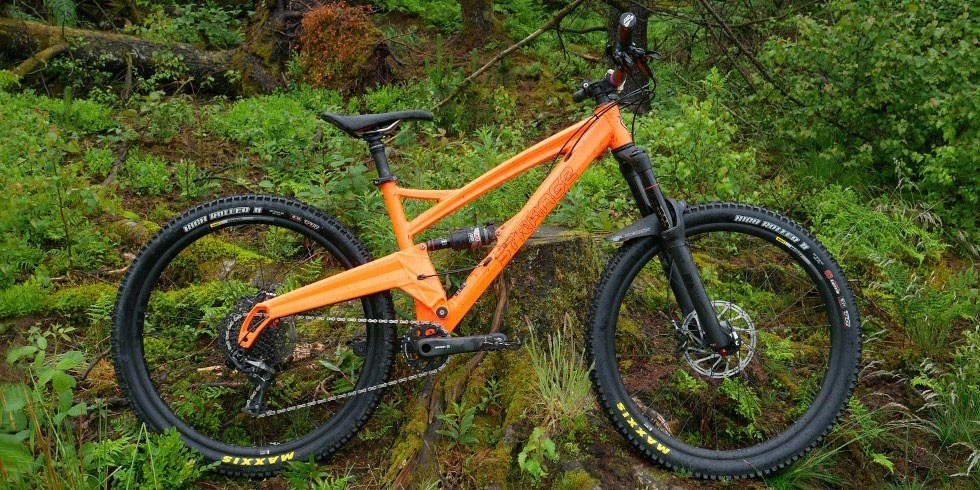The ideal trail bike for British conditions
11th July, 2016 | by Phil Williamson
Continuing its gradual evolution, the much loved Orange Five boasts some significant changes for 2017. Putting the Five RS through its paces at Bike Park Wales, on a very wet summer day, we were able to review the performance to see if it is still the ideal mountain bike for British trail riding.The Five is stiffer and lighter for 2017
Model: Orange Five RS
Discipline: Trail
Rider: Trail Rider
Highlights: Stiffer & Lighter
Tredz Rating: 910
Price: From £3,775.00
The Five is stiffer and lighter for 2017
The first thing I noticed when swinging my leg over the Five RS was how stiff it felt. That feeling of solid capability was totally at odds with the lightweight of the Five and I was immediately intrigued as to how this performance would translate onto the trail.
Orange have made a couple of significant changes to the design of the Five in order to provide this additional stiffness. Both the fork and the rear end now feature the wider Boost standard hub 148 and 110 spacing which offer intrinsic strength improvements as well as allowing for a stiffer wheel build. This additional width is immediately noticeable and makes the Five look stiffer as well as feeling stiffer.
As well as being a little wider the rear swing arm features new creases in the box section, similar to those on the mainframe, which add stiffness without adding any extra weight. In fact, the 2017 Five is actually 300 grams lighter than last year’s model.
Longer and lower
The main pivot point has been moved back in order to improve the efficiency of the rear suspension as well as making the spring curve more progressive. While the swingarm has been shortened by 20mm the overall chainstay length Is just 4mm shorter than last year’s model.
The bottom bracket height has also been lowered by 8mm while the top tube is 10mm longer. These changes are designed to offer more stability at speed and while cornering.
The main frame now features internal cable routing for a cleaner look and retains the creases in the top and down tubes that featured on last year’s Five. With just 2 main pivot bearings the Five offers improved durability and ease of maintenance over multi pivot bikes.
Bike Spec
Frame:
Aluminium
Front suspension:
Fox 36 Performance 170mm
Rear suspension:
Fox Float X Performance 160mm
Drivetrain:
Shimano SLX 11 speed
Head angle:
66 degrees
Chainstay length:
430mm
Wheel base / size:
1210mm / Medium
150mm travel Pike RCT3
While the rear suspension travel remains at 140mm, the forks travel has been increased to 150mm as standard on all models. This combined with additional stiffness adds descending prowess to this already very capable all-rounder.
The Five RS features the very capable RockShox Pike RCT3 fork up front complemented by the Monarch RT3 shock on the rear. The suspension felt well balanced, with great small bump sensitivity, and never felt out of its depth even on the rougher red trails at BPW.
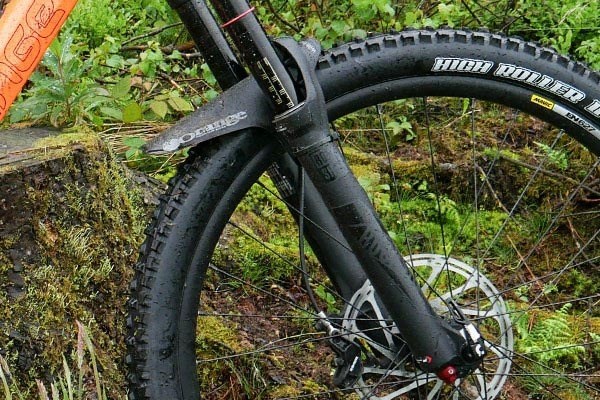
SRAM X1/XO1 groupset
The SRAM X1/X01 11 speed drivetrain, with 10-42 cassette and a 30t front ring, performed flawlessly throughout. No chain device is needed to keep the chain in place and the range is ideal for UK trail riding. The SRAM Guide R brakes offered all the powerful braking control you need when smashing out the descents.
the Five remains the ideal, low maintenance, trail bike for British trail centres
On the trail
I immediately felt right at home on the Five. All that extra stiffness combined with the revised angles inspired confidence on the trail, the trail feedback was immediate and there was no feeling of vagueness in the corners. To be honest the Five felt more confident than I expected, it encouraged me to ride faster and never felt out of its depth. This extra confidence didn’t take anything away from the nimble playfulness that has long been a feature of the Five and it was great fun on the flowing trail sections that are such a feature of modern trail centres.
The lightweight of the 2017 Five seemed at odds with the extra stiffness but this feeling was dispelled as soon as I pointed it uphill. Comfortable and eager the Five felt just as happy climbing as it did railing the berms on the descents. The revised angles haven’t compromised climbing performance, the front end tracked the ground tidily and the Five got on with the job of gaining altitude without any fuss. The Monarch RT3 did a great job of controlling the rear end and I didn’t feel any lack of compliance while pedalling or braking that is sometimes a feature of single pivot bikes.

Close Look





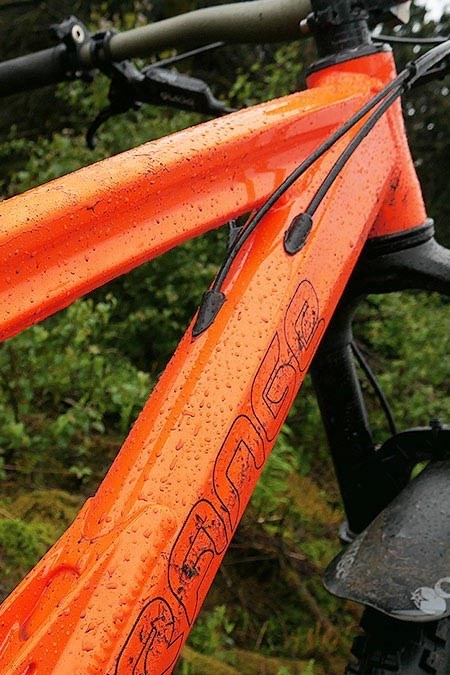
Tredz Verdict
Related Bikes
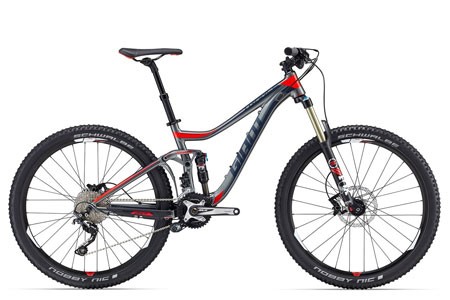
Giant Trance 27.5 2
Affordable trail performance
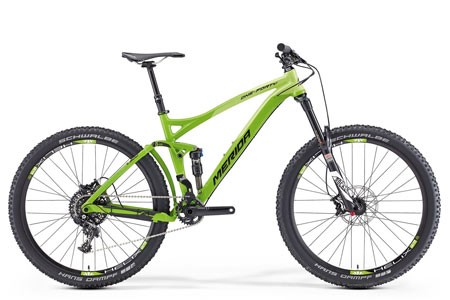
Merida One-Forty 900
Impressive component spec
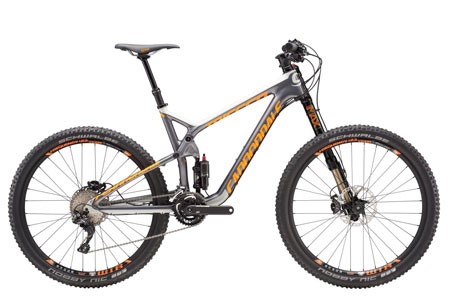
Cannondale Trigger Carbon 2
Adjustable travel & geometry
